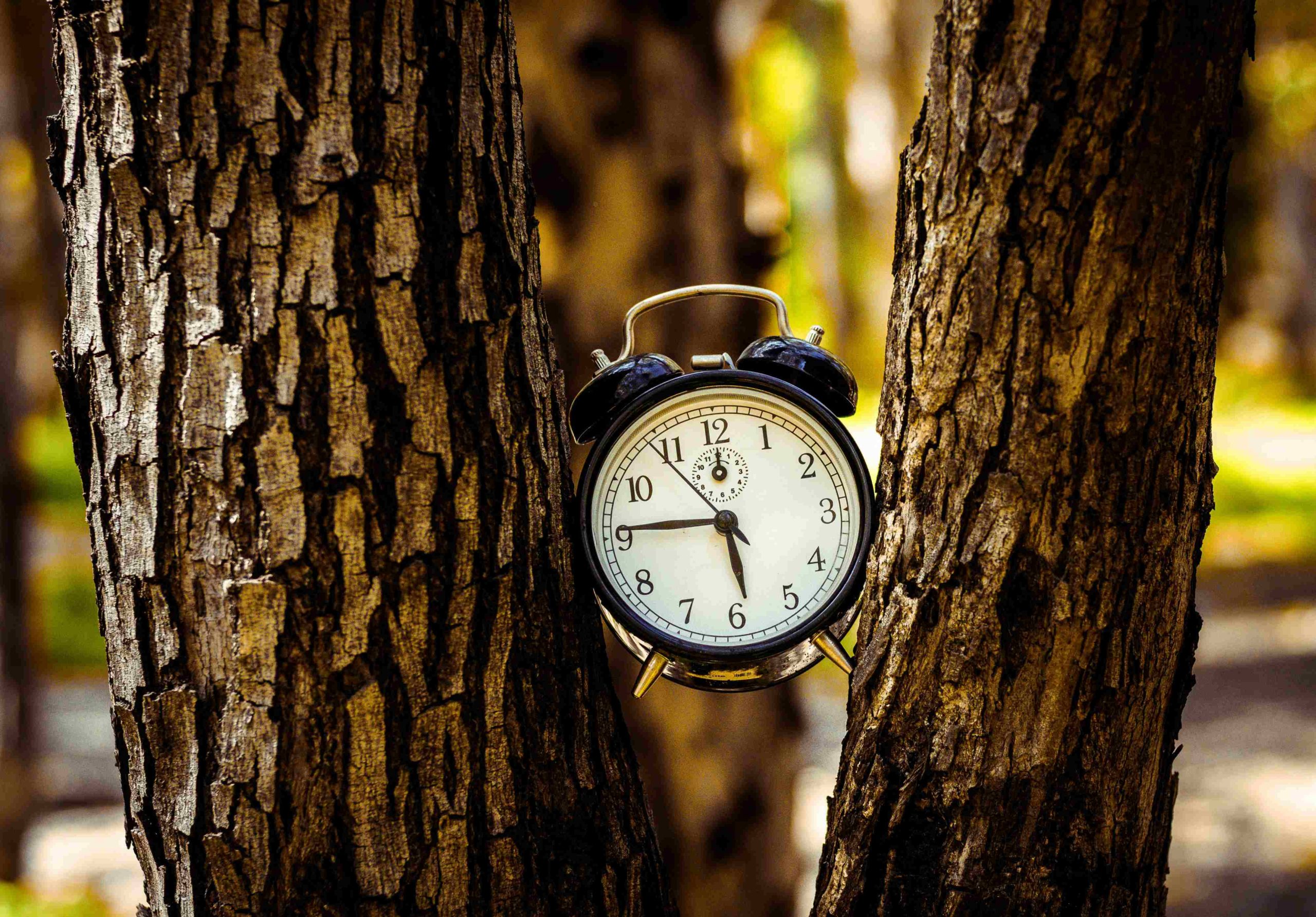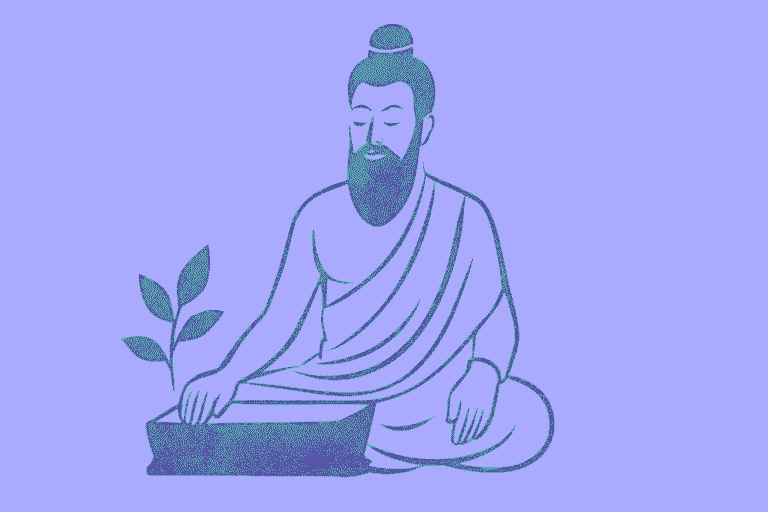contact@cayeit.com
Blood sugar control is a universal health concern, affecting millions globally. From diabetes to insulin resistance, managing blood sugar levels has become a priority in the modern lifestyle. While conventional medicine offers treatments, Ayurveda provides a time-tested, holistic approach rooted in the concept of Dinacharya-a structured daily routine that aligns with the natural rhythms of the body and environment.
In this article, we’ll explore how Dinacharya can optimize blood sugar control, supported by modern scientific insights, practical steps, and real-life applications.
What is Dinacharya?
Dinacharya, a Sanskrit word, translates to ‘daily regimen’ or ‘daily routine.’ It is an integral part of Ayurveda that emphasizes living in harmony with the natural cycles of the day. According to Ayurveda, the human body mirrors the rhythms of nature, and by aligning with these cycles, one can maintain balance and prevent diseases, including blood sugar imbalances.
Dinacharya isn’t just about waking up early or eating at specific times-it’s a comprehensive lifestyle framework designed to optimize physical, mental, and emotional health. For example, it considers the role of circadian rhythms (which modern science now agrees with) in regulating hormones like insulin and cortisol, which are directly linked to blood sugar levels.
The Science Behind Dinacharya and Blood Sugar
The principles of Dinacharya find surprising support in modern science, particularly in the fields of chronobiology and endocrinology. Circadian rhythms, or the body’s internal clock, regulate vital processes like digestion, metabolism, and hormone secretion.
Key Connections Between Dinacharya and Science:
- Insulin Sensitivity Peaks in the Morning: Studies have shown that the body is more insulin-sensitive in the morning, meaning it can process glucose more effectively. This aligns with Ayurveda’s recommendation to eat your largest meal during the day (lunch) when digestion is strongest.
- Cortisol and Blood Sugar: Cortisol, the stress hormone, follows a circadian rhythm. Elevated cortisol levels in the morning help regulate blood sugar but can become harmful when stress disrupts this rhythm. Dinacharya practices like yoga and pranayama help maintain cortisol balance.
- Sleep-Wake Cycles: Poor sleep disrupts melatonin and insulin regulation, leading to blood sugar fluctuations. Ayurveda’s emphasis on consistent sleep schedules harmonizes with scientific findings.
By following Dinacharya, one is essentially biohacking his body to work in its optimal state.
The Dinacharya Daily Routine for Blood Sugar Control
Here’s a step-by-step breakdown of an ideal Dinacharya routine, tailored for blood sugar management:
1. Wake Up Early (Brahma Muhurta): This is the period approximately 90 minutes before sunrise. Waking up during this time aligns with your body’s natural rhythms. It also allows for calm, uninterrupted time to focus on self-care practices.
2. Hydrate with Warm Water: Start your day by drinking a glass of warm water. This aids in flushing out toxins (ama) and jump-starts your metabolism. You can add a squeeze of lemon for an added vitamin C boost.
3. Elimination: Ensure proper bowel movement in the morning to detoxify your body. A clean digestive system sets the stage for balanced blood sugar levels throughout the day.
4. Morning Exercise: Engage in light to moderate exercises such as yoga, walking, or even basic stretches. Physical activity improves insulin sensitivity and helps regulate glucose levels.
5. Mindfulness Practices: Incorporate meditation or pranayama (breathwork). Mindful breathing reduces stress, which is a major contributor to blood sugar spikes.
6. Breakfast (Eat Wisely): Choose a balanced meal with healthy fats, proteins, and complex carbohydrates. Ayurveda recommends eating warm, freshly-cooked food to avoid ama (toxins).
7. Work and Productivity:Mid-morning is the time for focused work. Avoid multitasking while eating snacks or meals during this period to improve digestion and nutrient absorption.
8. Lunch as the Main Meal: Make lunch your heaviest meal of the day, as digestion is strongest at this time. Include fiber-rich vegetables, lean proteins, and whole grains to sustain energy and prevent sugar crashes.
9. Evening Wind-Down: As the day progresses, slow down. Avoid heavy meals or sugary snacks after sunset, as digestion weakens at night. Engage in calming activities such as reading or light stretching.
10. Sleep Early: Aim for 7-8 hours of quality sleep. Sleep deprivation is a significant risk factor for blood sugar imbalances.
Ayurvedic Diet Tips for Blood Sugar Control
Food is medicine in Ayurveda, and the right diet can work wonders for stabilizing blood sugar. Here are some Ayurvedic dietary principles:
| Food Type | Recommended Choices | Foods to Avoid |
| Grains | Quinoa, barley, millets | Refined flour, white bread |
| Vegetables | Bitter gourd, spinach, fenugreek | Potatoes, starchy vegetables |
| Fruits | Berries, apples, pomegranates | Bananas, mangoes (in excess) |
| Spices | Turmeric, cinnamon, fenugreek seeds | Excess salt, artificial seasonings |
| Sweeteners | Stevia, raw honey (in moderation) | White sugar, artificial sweeteners |
The Role of Yoga and Breathwork in Dinacharya
Yoga and pranayama are essential components of Dinacharya. They not only improve physical health but also enhance emotional and mental well-being, which are crucial for blood sugar management.
- Effective Yoga Poses for Blood Sugar Control:
- Surya Namaskar (Sun Salutation): Boosts metabolism and improves insulin sensitivity.
- Bhujangasana (Cobra Pose): Stimulates the pancreas.
- Paschimottanasana (Seated Forward Bend): Improves digestion and calms the mind.
- Pranayama Techniques:
- Anulom Vilom (Alternate Nostril Breathing): Balances the nervous system.
- Bhastrika (Bellows Breath): Stimulates internal organs.
Stress Management Through Ayurveda
Stress is a silent contributor to blood sugar imbalances. Elevated cortisol levels can lead to insulin resistance over time. Ayurveda offers simple yet powerful tools to combat stress:
- Abhyanga (Oil Massage): A daily self-massage using warm sesame or coconut oil calms the nerves.
- Herbal Teas: Ashwagandha and Brahmi teas are known for their adaptogenic properties.
- Aromatherapy: Essential oils like lavender and sandalwood reduce stress levels effectively.
Herbs and Supplements for Blood Sugar Control
Ayurveda boasts a treasure trove of herbs that support blood sugar regulation:
Top Herbs for Blood Sugar Management:
- Guduchi (Tinospora Cordifolia): Enhances insulin sensitivity.
- Methi (Fenugreek): Improves glucose metabolism.
- Neem: Purifies the blood and regulates sugar levels.
- Turmeric: Curcumin in turmeric combats inflammation and insulin resistance.
Common Missteps to Avoid in Dinacharya
- Skipping Meals: Fasting for too long can lead to blood sugar crashes.
- Overeating at Night: Late-night meals disrupt digestion and blood sugar balance.
- Inconsistent Routine: Irregular sleep and meal timings can wreak havoc on your system.
Getting Started with Dinacharya
If one is new to Dinacharya, may start small:
- Wake up 15 minutes earlier than usual.
- Replace processed snacks with fresh fruit or nuts.
- Dedicate 5 minutes to mindful breathing daily.
Gradually, these small changes will add up and lead to significant improvements in your blood sugar control and overall well-being.
By aligning your daily habits with the wisdom of Ayurveda, you can take charge of your blood sugar health naturally. Dinacharya isn’t just a routine-it’s a way of life that promotes balance, harmony, and longevity. Start small, stay consistent, and let the journey to optimal health begin.





